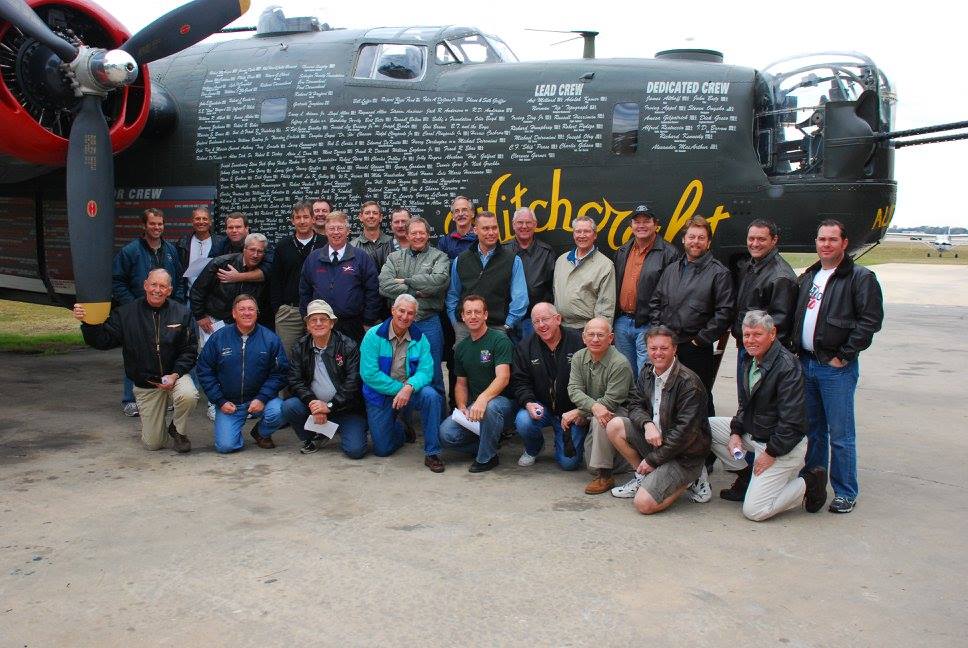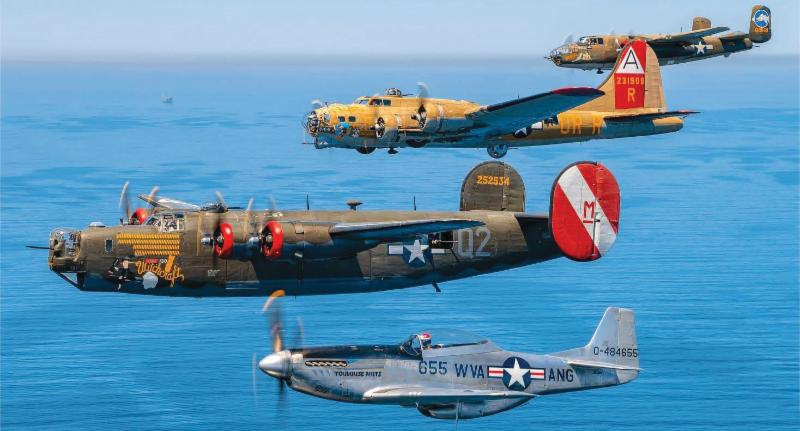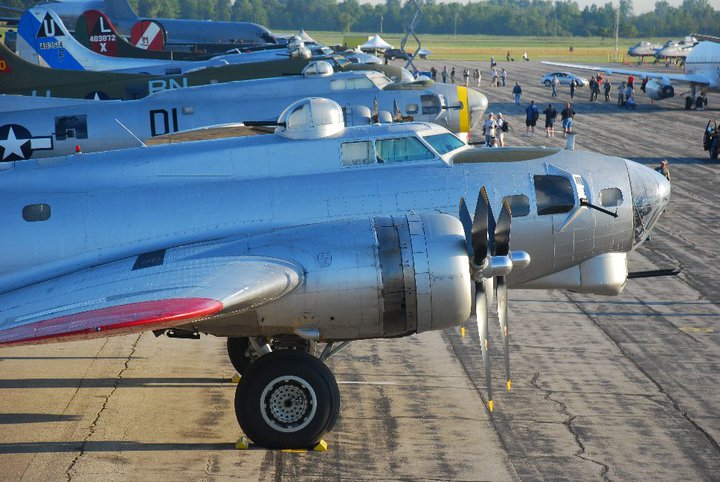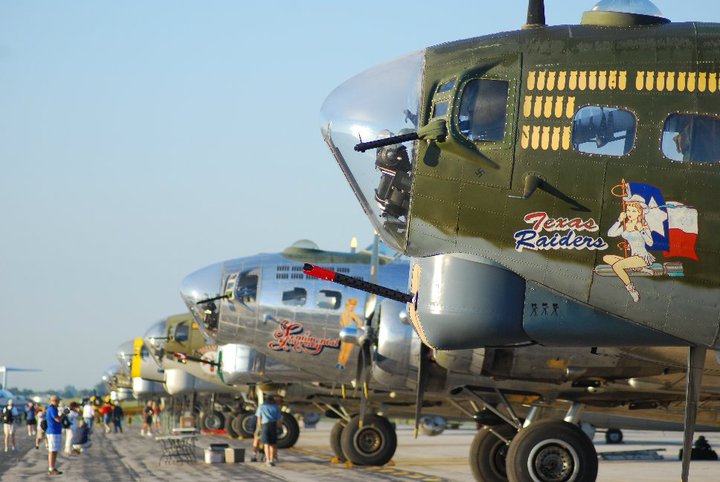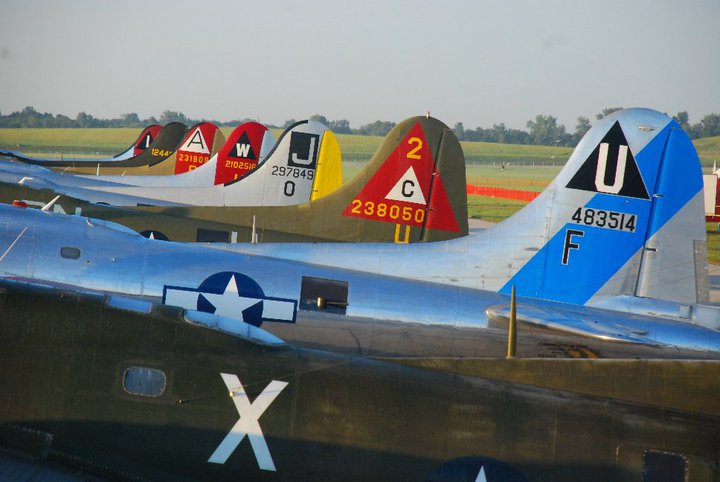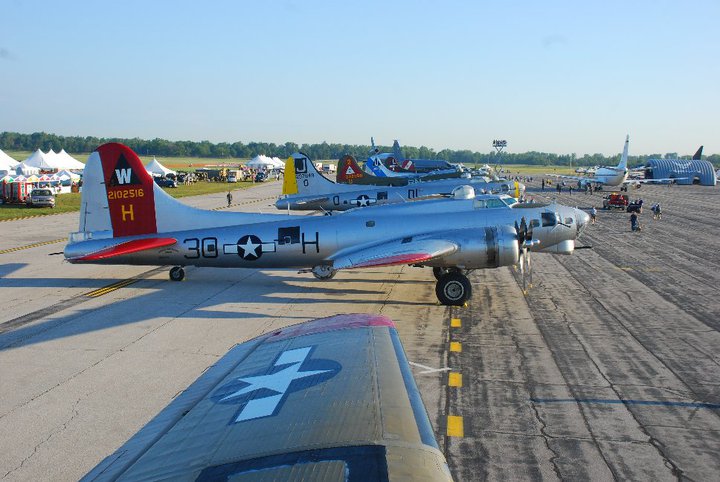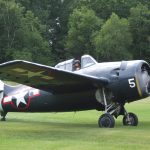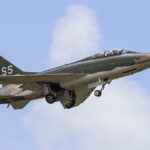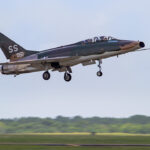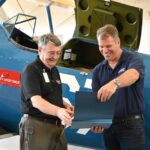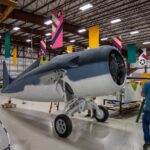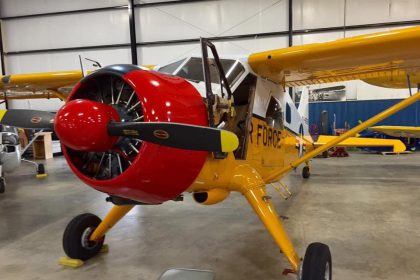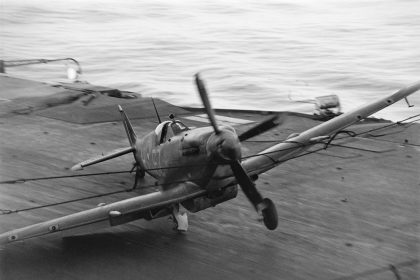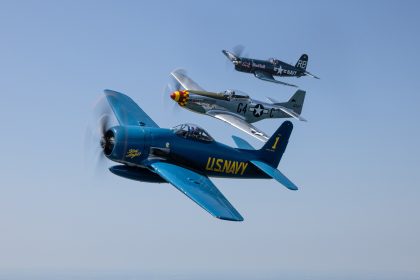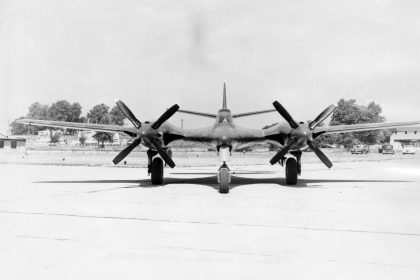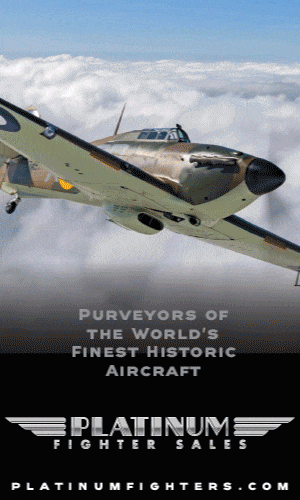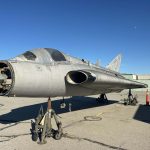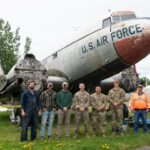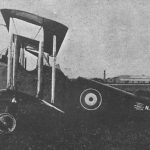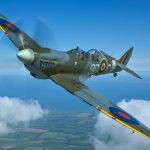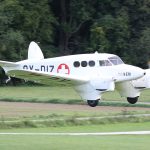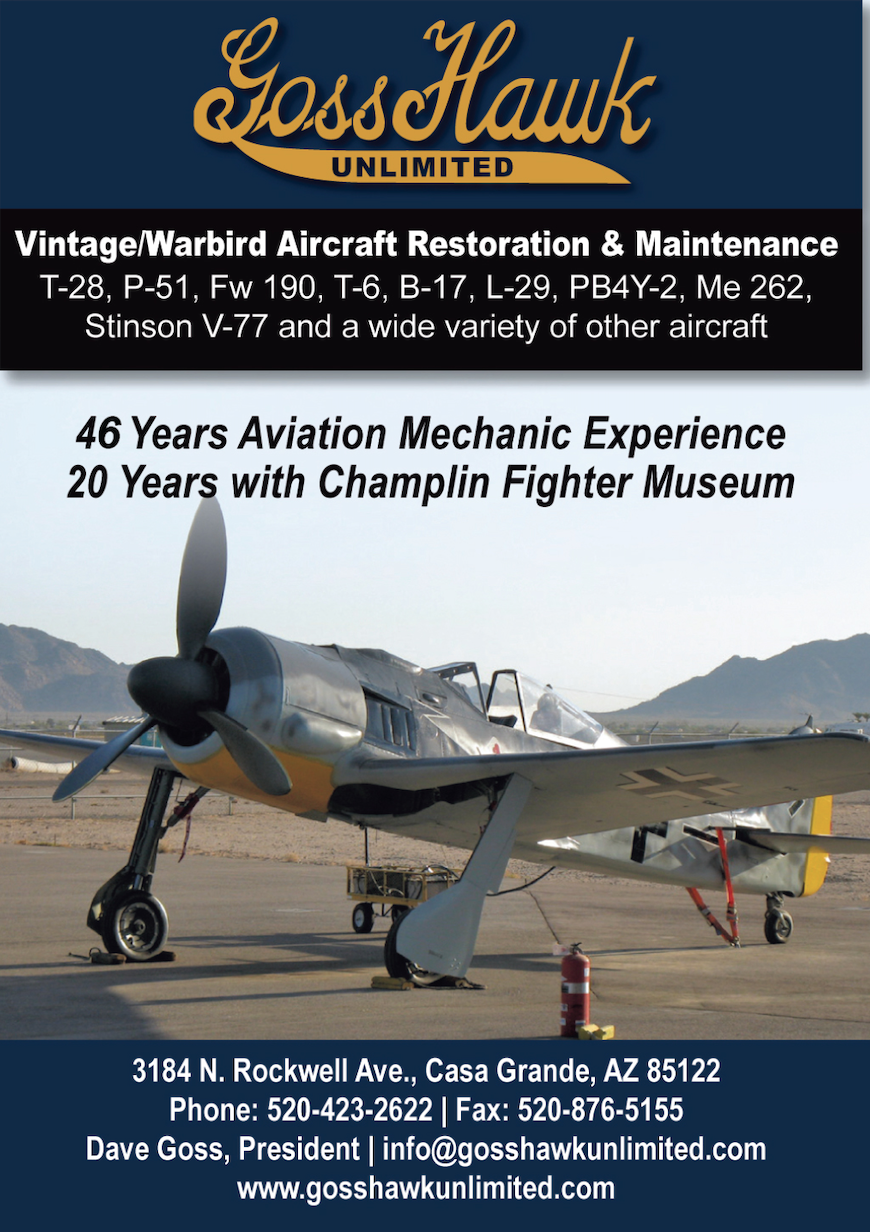Publisher’s Note
After spending my first year in the U.S. in Atlanta, I moved to New Smyrna Beach, Florida, to continue my flight training. During one of my first lessons, while taxiing to the runway, I was stunned to see a Wildcat crossing in front of us. For those of us who grew up in mainland Europe, Wildcats were something we only saw in aviation history books. My instructor, unfamiliar with the type (imagine that!), casually mentioned there was a shop on the field that maintained “old airplanes” for “some kind of flying museum.” That shop turned out to be American Aero Services, and the “flying museum” was the Collings Foundation’s Wings of Freedom Tour. I had read about the tour, but I never truly grasped the scale and significance of the operation until I began visiting American Aero Services between training flights. From that moment, I followed the tour closely and was fortunate enough to fly in some of their aircraft. This is a story I’ve wanted to tell for a long time, and I felt the best way to share it was through the eyes of someone who lived it. When I began asking around about who could best tell the story, one name came up time and again—Jim Harley.
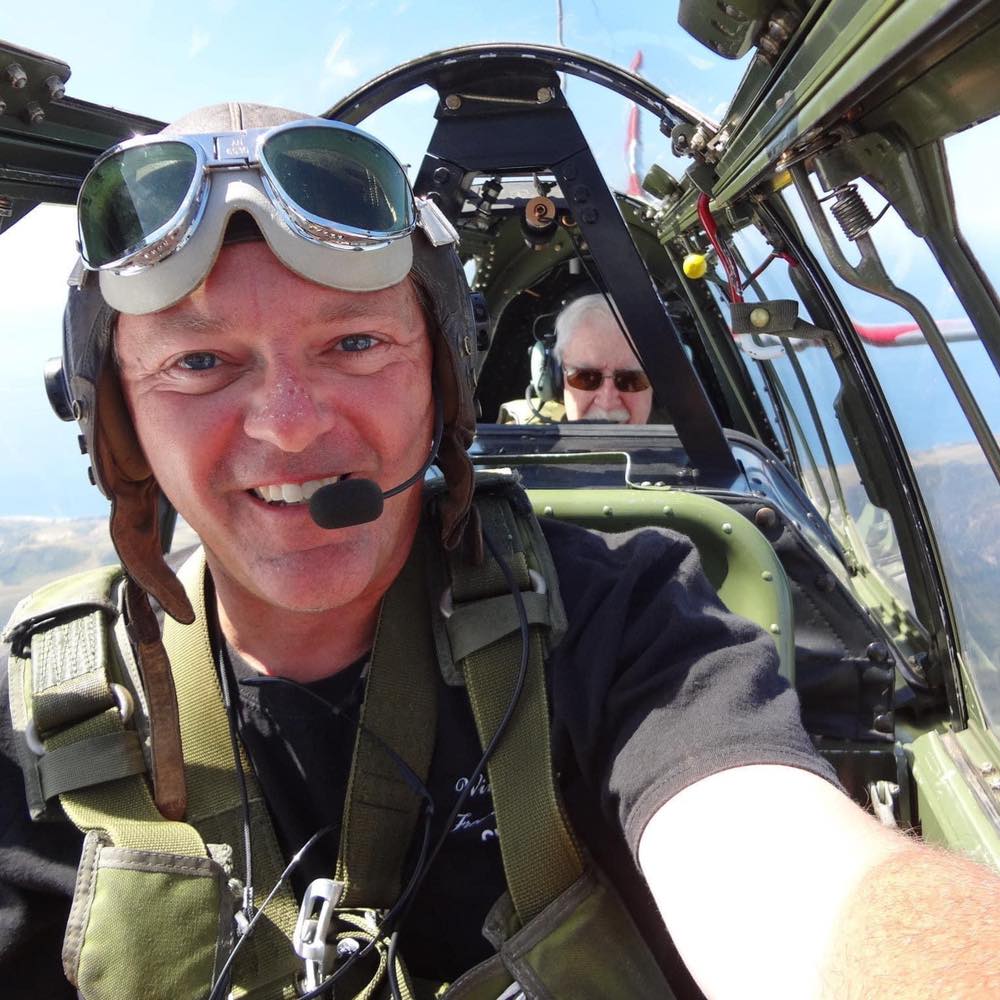
Jim Harley, a lifelong aviation enthusiast from Ohio, discovered his love for World War II aircraft early on, influenced by his father and grandfather, both of whom attended the Cleveland Air Races in the 1930s. He took his first flight at the age of two and later flew with his grandfather in a Cessna 150 and a Culver Dart. In 2002, Jim joined the Wings of Freedom Tour as a ride coordinator, eventually becoming a pilot for the B-17 Flying Fortress, B-24 Liberator, and B-25 Mitchell, amassing over 3,000 hours in these legendary bombers. His dedication led him to earn type ratings in each aircraft and become the tour’s chief pilot. In 2010, after extensive training, Jim fulfilled a lifelong dream by soloing the P-51 Mustang Betty Jane, calling it the most exhilarating experience of his life. I asked Jim to share his side of the story, and the result is a compelling firsthand account of the Wings of Freedom Tour and what it meant to the volunteers and veterans alike. I hope you enjoy it.
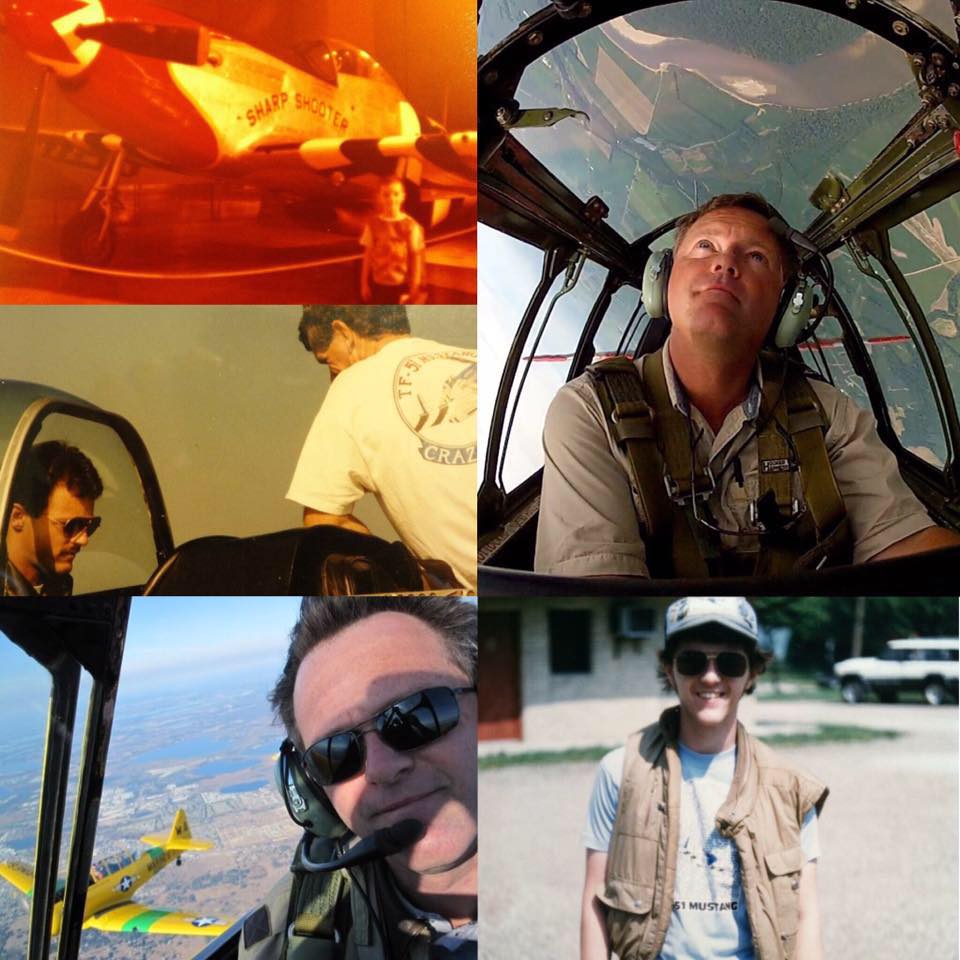
By Jim Harley
Origins
The inspiration for the Wings of Freedom Tour took root in the late 1970s. As the story goes, Bob Collings and his young son, Rob, began attending numerous airshows. The Collings family had already assembled a world-class automobile collection, and spurred on by Rob’s growing fascination with airplanes, the foundation was laid for collecting aircraft. With a strong appreciation for WWII history, the collection began with a Stearman, a T-6, and an F4U-5 Corsair project. By the mid-1980s, the collection expanded further with the acquisition of a B-25, a B-17, and an ex-Indian Air Force B-24. The B-25 and B-17 were shipped to Tom Reilly’s shop in Florida for restoration to airworthy condition. Meanwhile, the B-24 remained at the Foundation’s hangar in Stow, Massachusetts, with the initial intention of restoring it for static display.
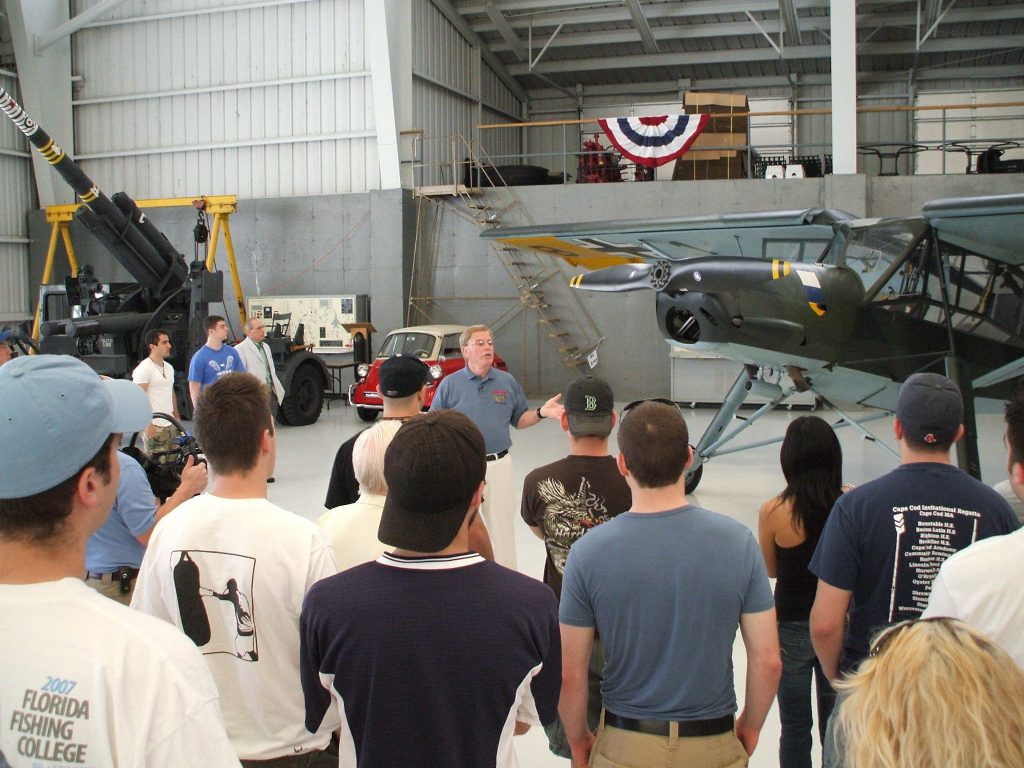
However, word began to spread among B-24 veterans that the aircraft would not fly again, prompting a strong lobbying effort to change its fate. The veterans’ passion was contagious, and the idea of restoring the B-24 to flight took hold. A massive fundraising campaign was launched. Once the B-25 and B-17 restorations were complete, a deal was struck with Reilly to finish the B-24’s airworthy restoration—one of the most comprehensive aircraft restorations of its time. On August 8, 1989, the B-24 took to the skies once again, embarking on a national tour to appear at veteran and sponsor events across the country.
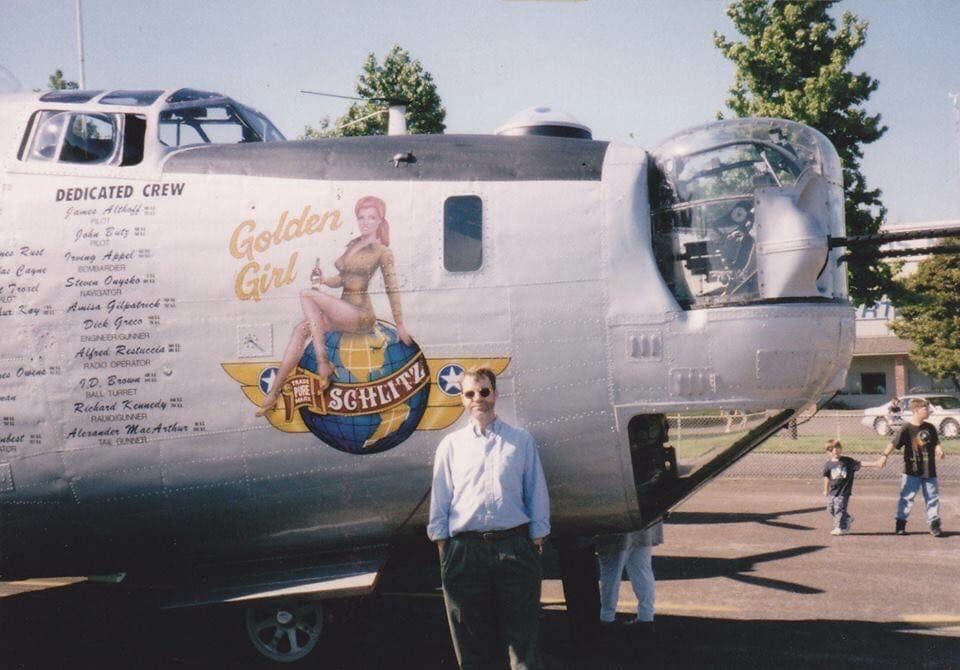
A Tour is Born
The public’s enthusiastic response to the restored B-24 and B-17 inspired a new idea: a traveling tour to commemorate the 50th anniversary of WWII. A plan was developed to visit around 100 cities annually, with the aircraft subsidizing their operating costs through ground tours. From 1989 to 1995, the Wings of Freedom Tour was a resounding success. However, by the time the 2005 season approached, there was no concrete plan for continuing the tour. Operating two four-engine WWII bombers was daunting and expensive. Despite this, the public, the volunteers, and the crew were reluctant to let the tour end.

Initially, flights were limited to repositioning legs only, which helped manage maintenance and crew logistics. Every city visited had a team of local volunteer coordinators responsible for arranging hotels, rental cars, ramp space, and promoting the event with flyers and posters. These volunteers, a blend of veterans and passionate civilians, were the backbone of the tour. Alongside them was a rotating team of traveling pilots and ground crew—the heart and soul of the operation.

When the end of the tour loomed, long-time volunteers Carl and Maudie Clark—Carl being a WWII B-17 veteran—proposed offering rides in the aircraft. A detailed business plan followed. Spare parts and engines were acquired, consumables were stocked onboard, and larger components could be shipped overnight. The FAA Exemption Program allowed the flight experience program to launch—and the next phase of the Wings of Freedom Tour was born.
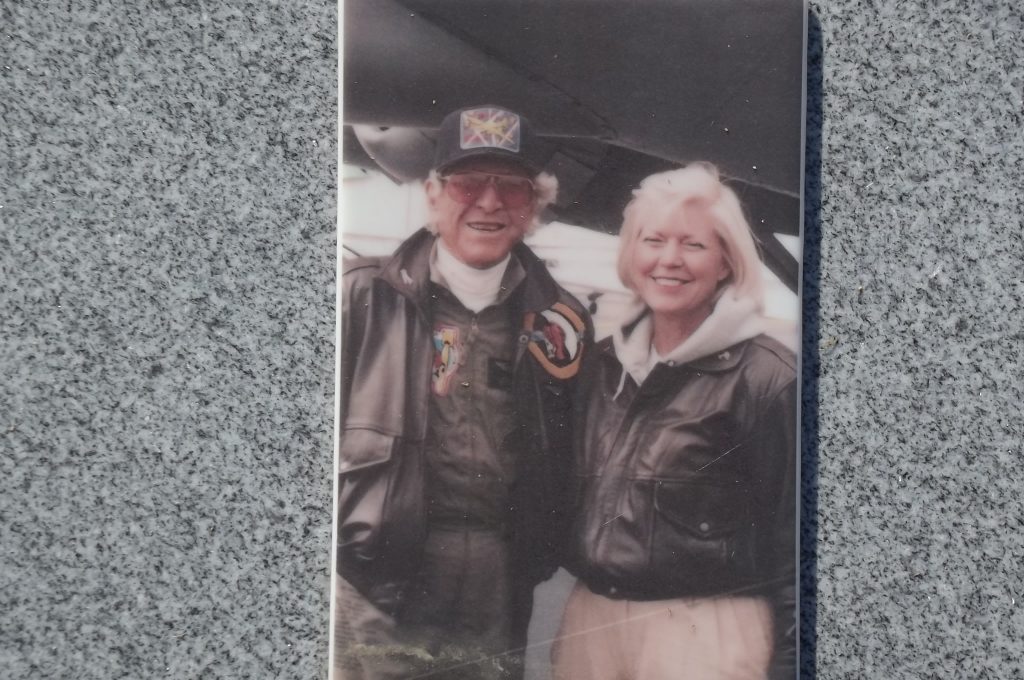
Barnstorming Bombers
The addition of the flight experience program breathed new life into the tour. In its early days, the internet was still emerging, so outreach relied heavily on newspapers and print media. But as word spread that the public could fly in these legendary bombers, interest skyrocketed. The tour quickly transformed from a traveling museum into a year-round, mobile airshow. People came not just to see the aircraft on static display, but to hear them roar to life—and for many, to experience flight aboard them.
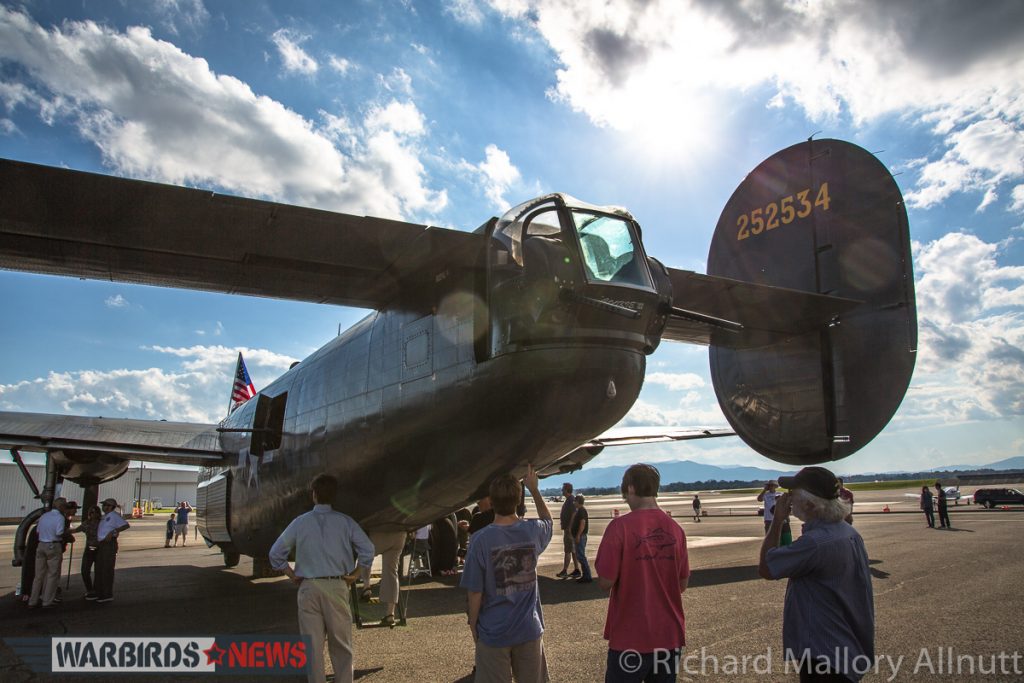
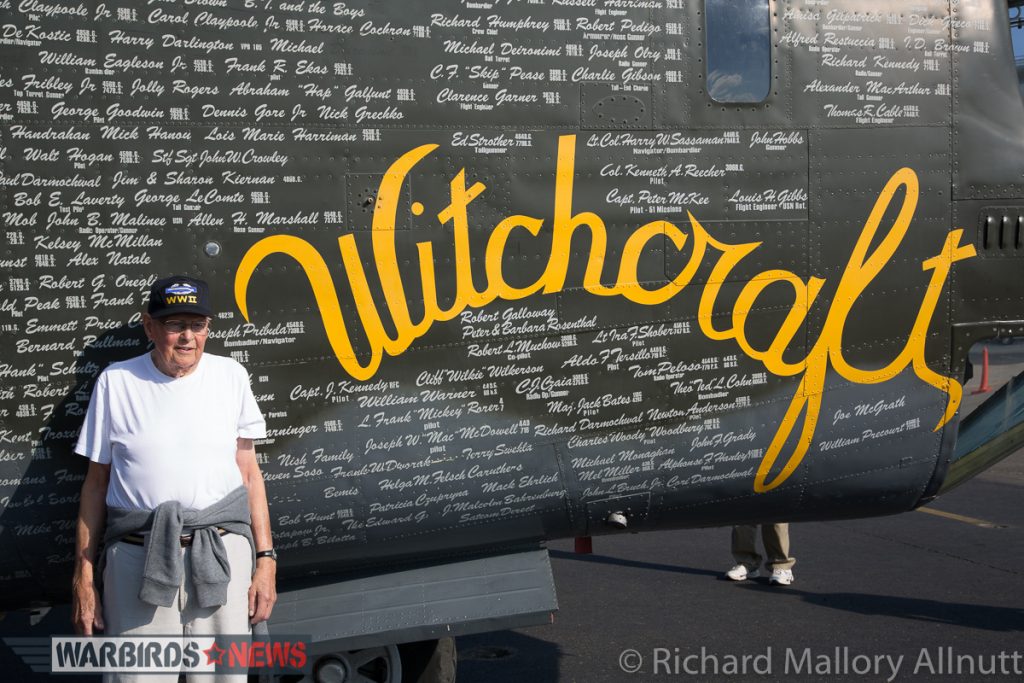
The tour traditionally kicked off each January in Florida, where sunny weather and fresh maintenance allowed the aircraft to visit 25–30 cities during a shakedown run. I joined the tour during one of these Florida stops, at Fantasy of Flight. A few years prior, I had purchased a ride aboard Nine-O-Nine when the tour visited Canton, Ohio. I was scheduled on flight #13 that morning and remember not fully grasping the scope of the operation at the time. Once on the road, I quickly realized the Wings of Freedom Tour was unlike anything I’d ever seen. The bombers had personalities. The public’s reaction was overwhelming. I knew I had found my place—among the crew, the volunteers, and these incredible aircraft. It was something far greater than all of us.
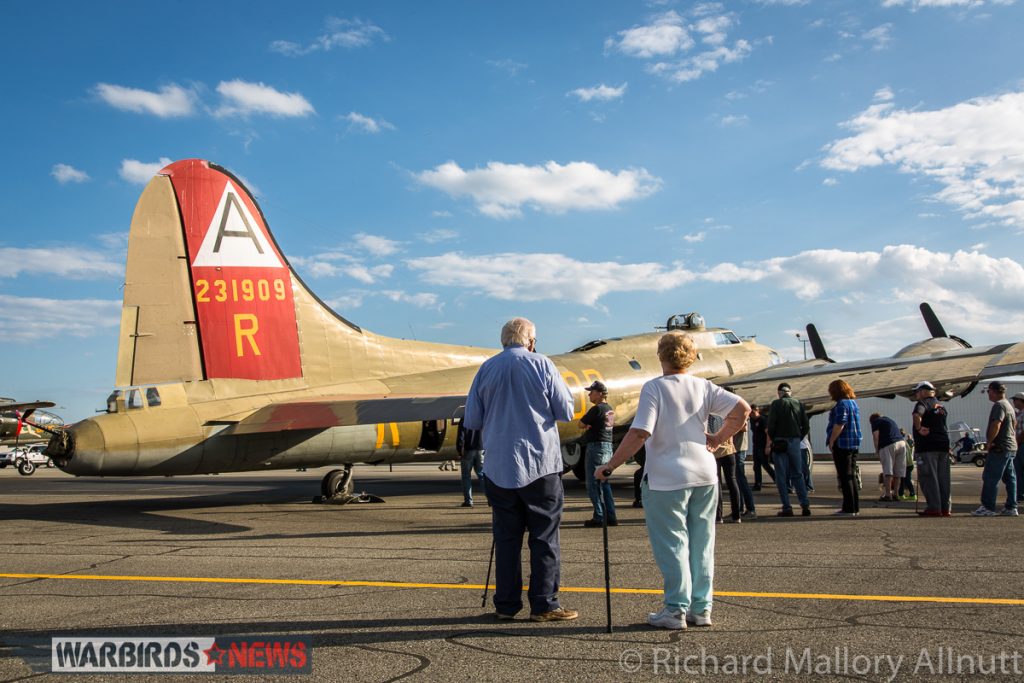
On the Road
In those days, WWII veterans were always the first to greet us. They were eager to share their stories—or quietly reflect. Each encounter was unforgettable. Some veterans flew with us on transition flights between stops. They reminded us why we did what we did. We heard stories from Walt Copper, who trained B-24 pilots at Boca Raton; Irwin Stovroff, shot down over France and held as a POW; Joe Abernathy, a waist gunner aboard Witchcraft; Basile Hackleman, who flew Nine-O-Nine over Germany; and George Odenwaller, a ball turret gunner on Out House Mouse. There was “Smitty” Smith, who lost an arm in combat, and Bob Dekerf, who applied the original nose art to Witchcraft during the war. They were our celebrities. They were our purpose.
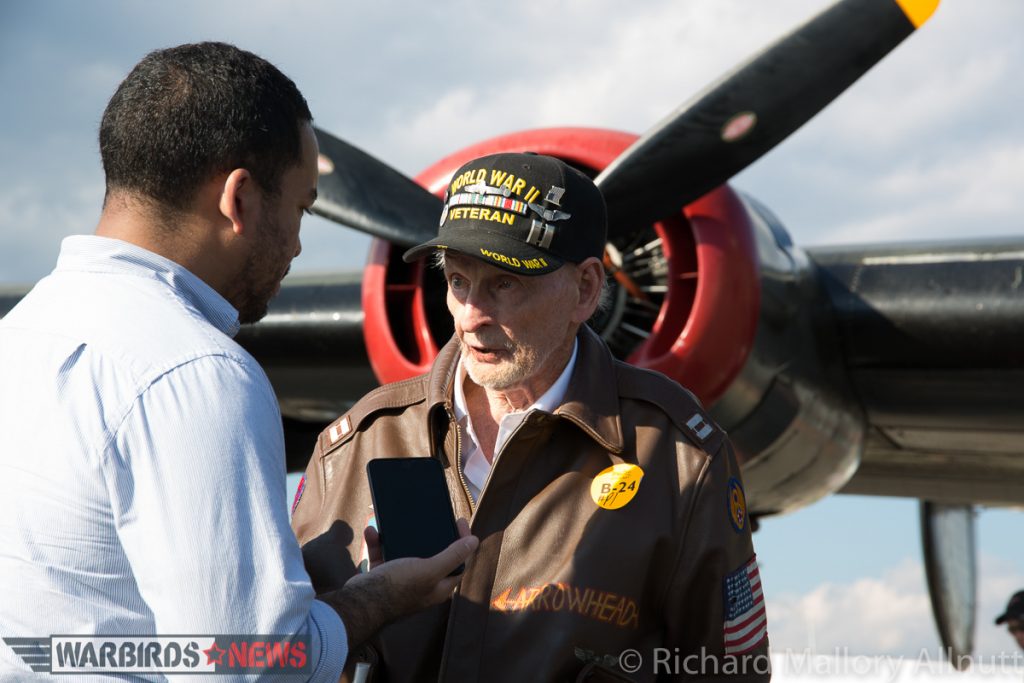
Every few years, the B-24’s nose art and tail markings were repainted, often supported by WWII Bomb Group Associations. Her left side always bore the name All American, a tribute to the 461st BG crew that shot down 14 enemy fighters on a single mission in July 1944. In 1998, the right side was painted as The Dragon and His Tail, featuring a 67-foot-long dragon. This became her most iconic look.
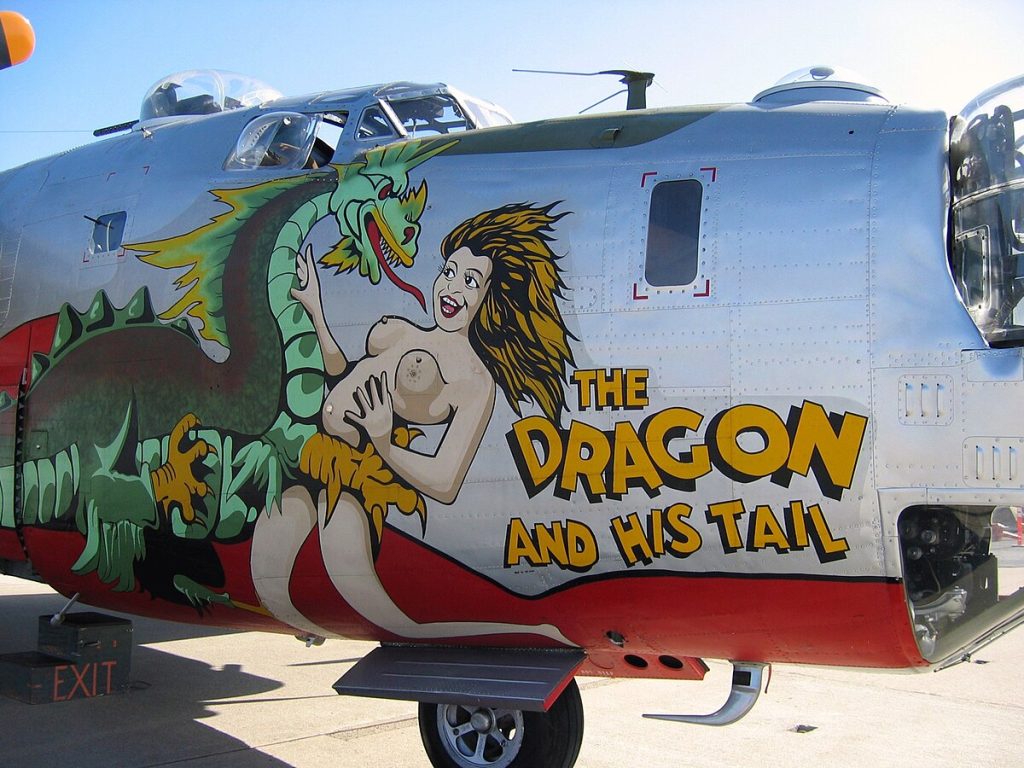
In late 2004, Witchcraft was selected as the new scheme—honoring the 467th BG and their aircraft’s incredible 130 combat missions without an abort. She rejoined the tour in early 2005 with freshly applied OD green and grey camouflage, her markings completed by American Aero Services. The repaint ignited renewed interest and led to annual 467th BG reunions, easily spotted by the sea of red windbreakers worn by attending veterans.
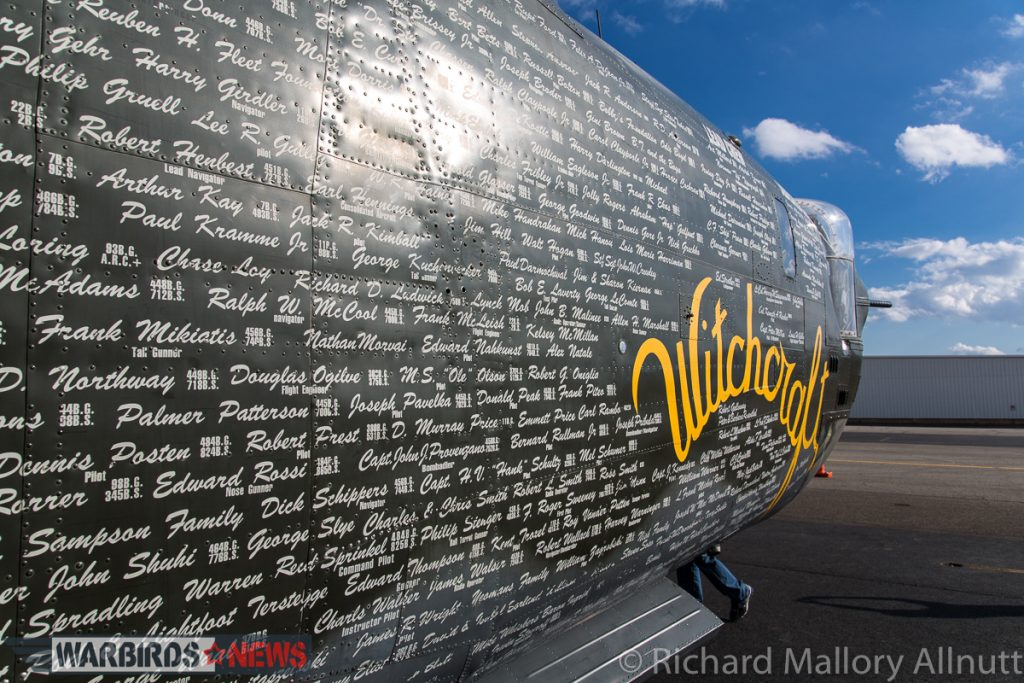
Growth and Expansion
In the early 2000s, the Foundation’s B-25 underwent a major refurbishment. After hail damage to Nine-O-Nine in Dallas in 2003, it was decided to temporarily put the B-25 on tour. Its popularity was immediate and enduring—it soon became a permanent addition.
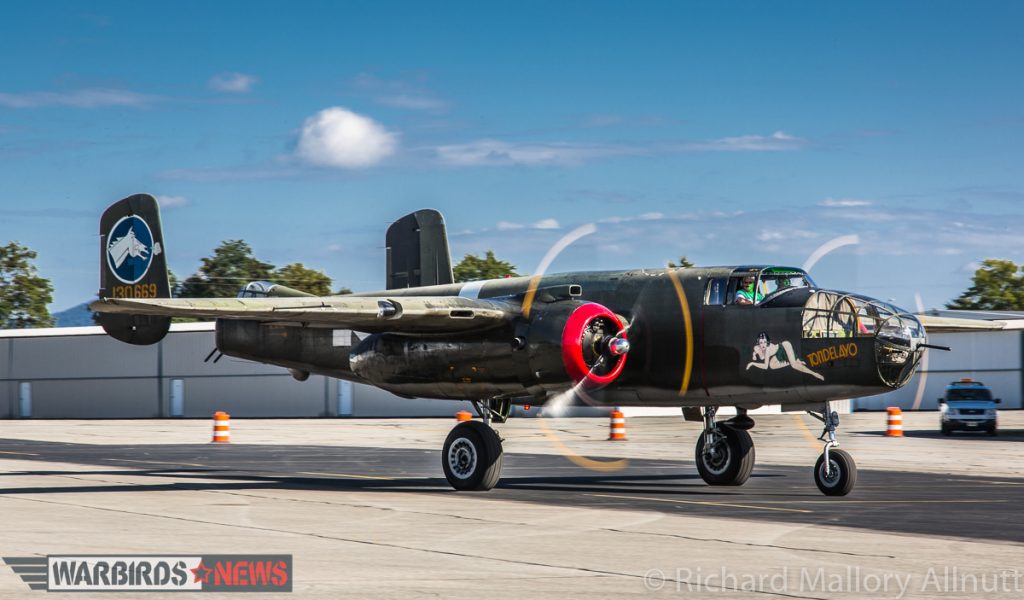
With three bombers on the road, we had effectively become a mobile airshow. We’d always talked about adding a P-51 Mustang, but doubted it could withstand the rigors of touring. That changed in 2008 when we visited Stallion 51 in Kissimmee, Florida. Inside were two polished TF Mustangs—Little Witch and Betty Jane. Despite the challenges, we began laying plans.
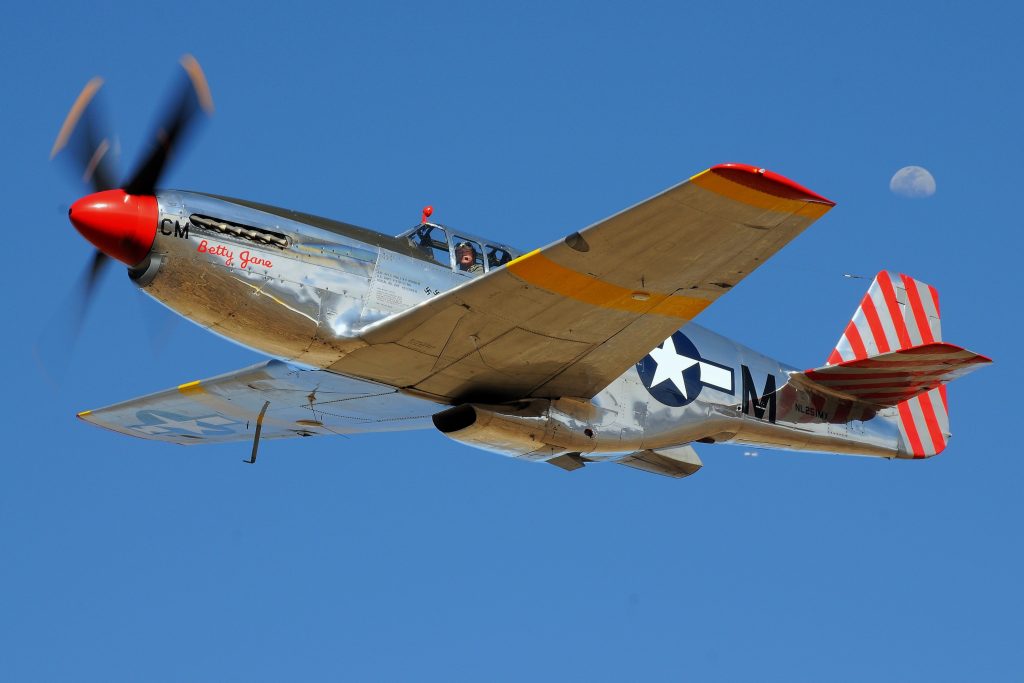
Soon enough, Rob Collings taxied up in Betty Jane at Love Field in Dallas. From day one, she flew consistently and reliably. For eight years, with few issues, she gave hundreds of passengers a once-in-a-lifetime ride in a Mustang—America’s premier WWII fighter. The Roush-built Merlin engine and Muszala-restored airframe made her a dream to operate and a perfect addition to the tour.
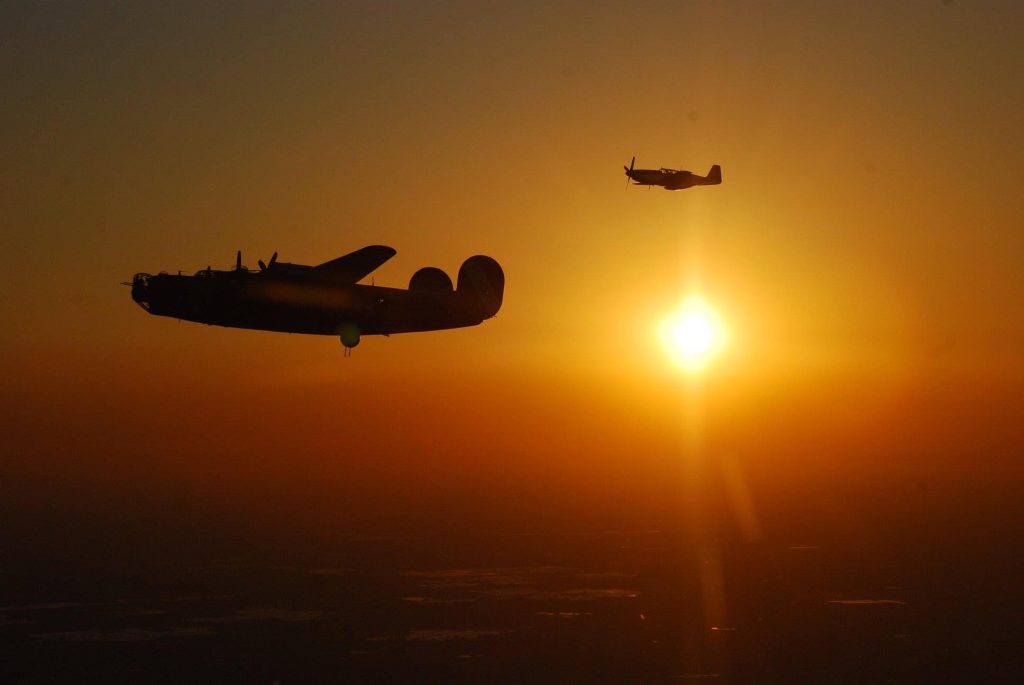
Why Not Airshows?
People often asked why the Wings of Freedom Tour didn’t regularly attend airshows. The answer was simple: airshows are chaotic and impersonal, making flight experiences nearly impossible. Our mission focused on small-town America—on intimate, meaningful engagement. An exception to this philosophy was Thunder Over Michigan in Ypsilanti, where we were frequent participants. In 2003, four B-17s and the Collings B-24 were on the ramp. In 2007, we attended the gathering of B-25s. Then in 2008 and 2010, we participated in historic gatherings featuring eight flying B-17s alongside the B-24. One of my most moving memories came in 2010 when we led the formation in the B-24. I looked over my shoulder and saw eight B-17s trailing us, with Old Crow and Betty Jane tucked in tight. After our passes, we joined Liberty Belle, Nine-O-Nine, and Thunderbird for a Missing Man formation. As Thunderbird pulled up and out, I knew I had experienced something truly unforgettable.
A Growing Fleet
A generous donation led to the acquisition of an Me 262—one of the Seattle-built replicas from the late 2000s. The jet joined the tour in 2013 across Texas and the Southwest. Limited in range and expensive to operate, it was eventually based in Houston, but having it with us, even briefly, was surreal.
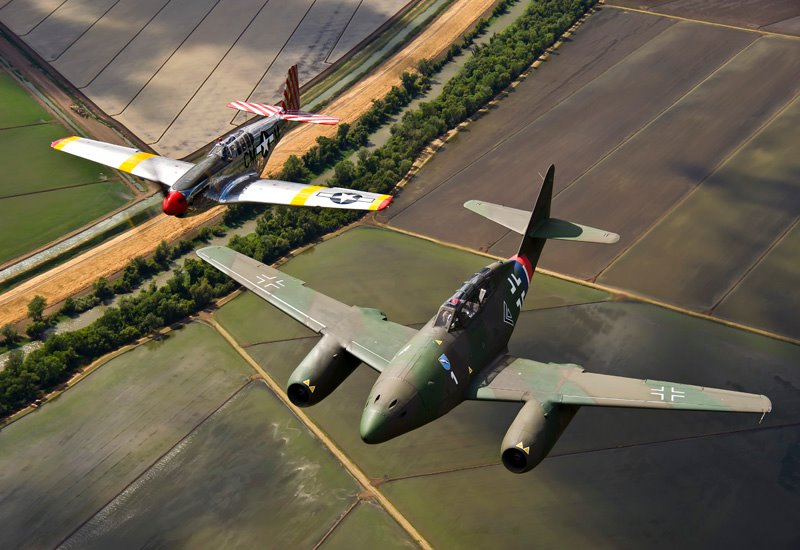
The Foundation also acquired the White 1 Collection, including a TF-51D and an FW-190 project. The TF was restored by American Aero and reemerged in 2016 as Toulouse Nuts. Betty Jane was retired from touring and later repainted as The Stars Look Down, the Mustang once flown by Dwight Eisenhower’s personal pilot. More additions followed: a TP-40, a Skyraider, and several airframes from the Evergreen Aviation Collection—including a P-38, a Bf 109, and another B-17. This last B-17 was intended to replace Nine-O-Nine and carry the markings of Out House Mouse. The plan was to restore Nine-O-Nine to her original wartime configuration for permanent display in Stow.
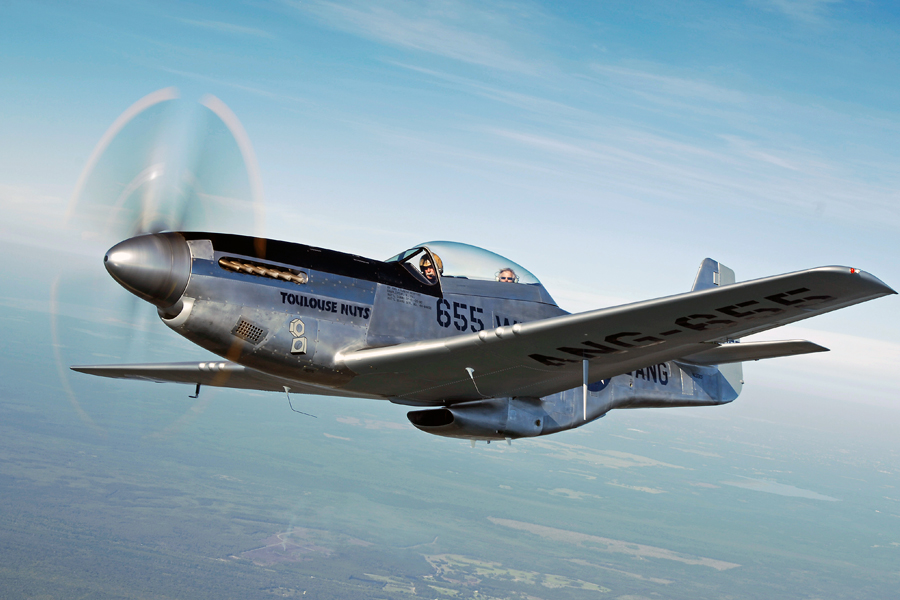
Family
While the Wings of Freedom Tour grew into a massive operation, its heart was always the crew. We changed over the years, but the bond remained the same—strong, supportive, and built on a shared mission. We were, and always will be, a family.
